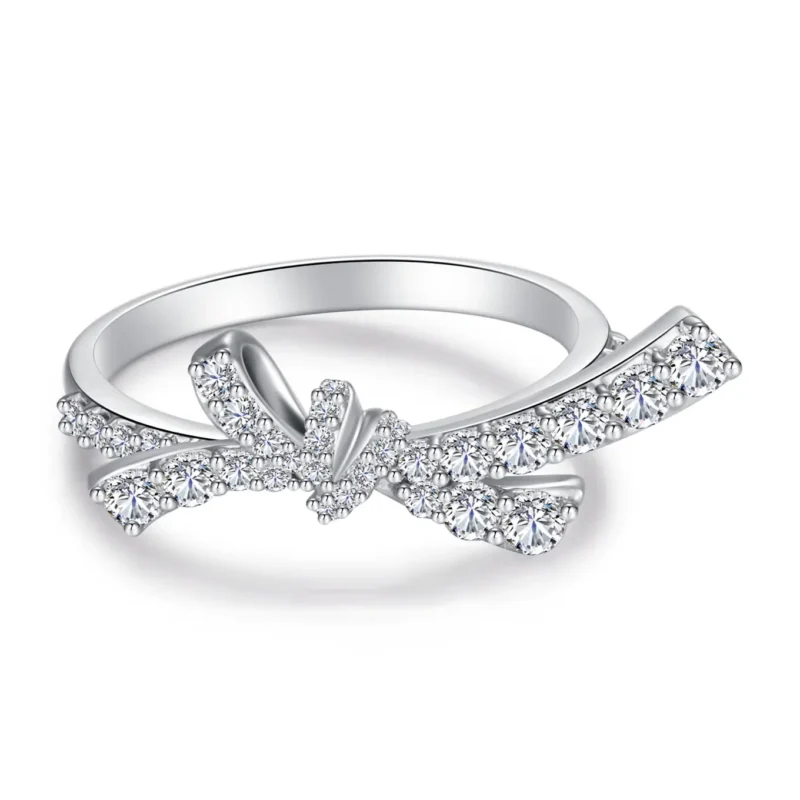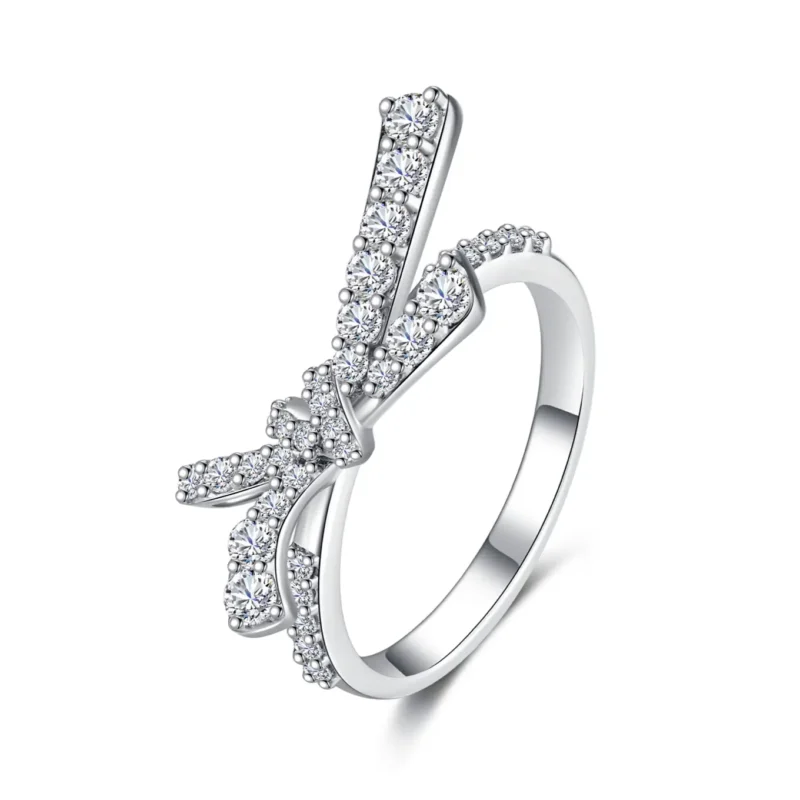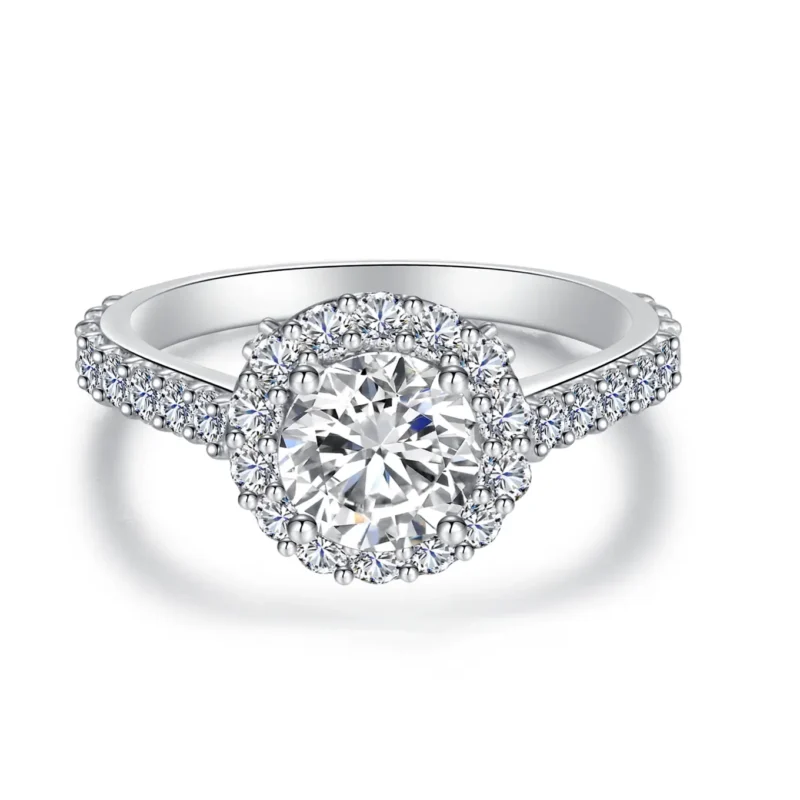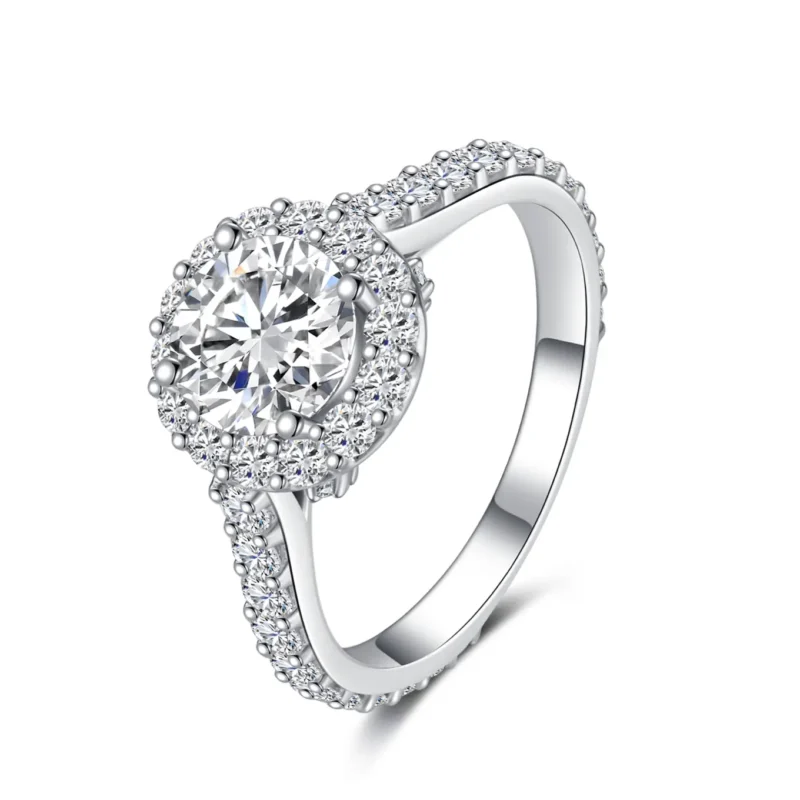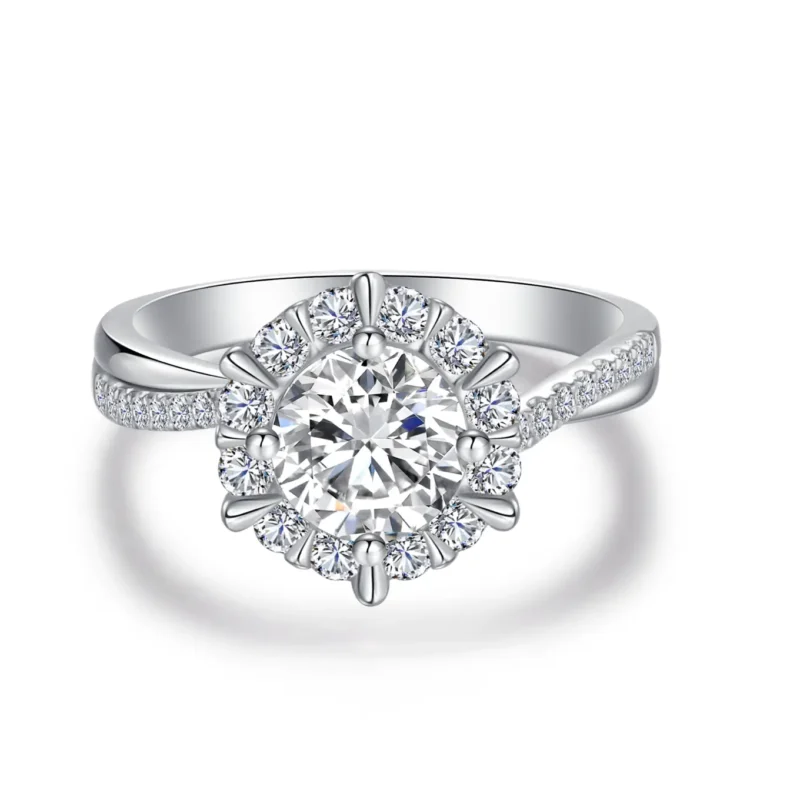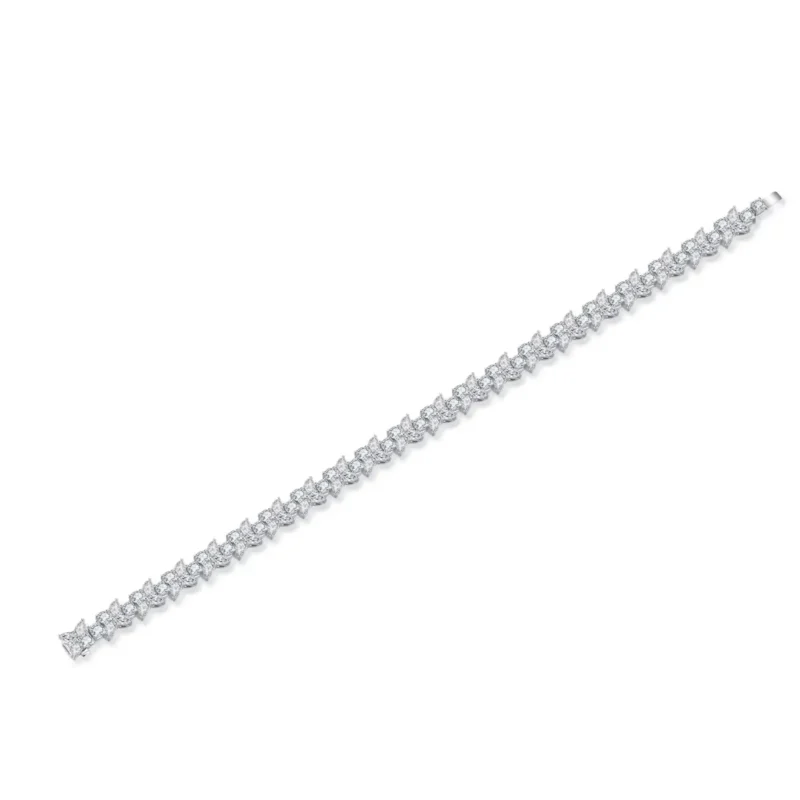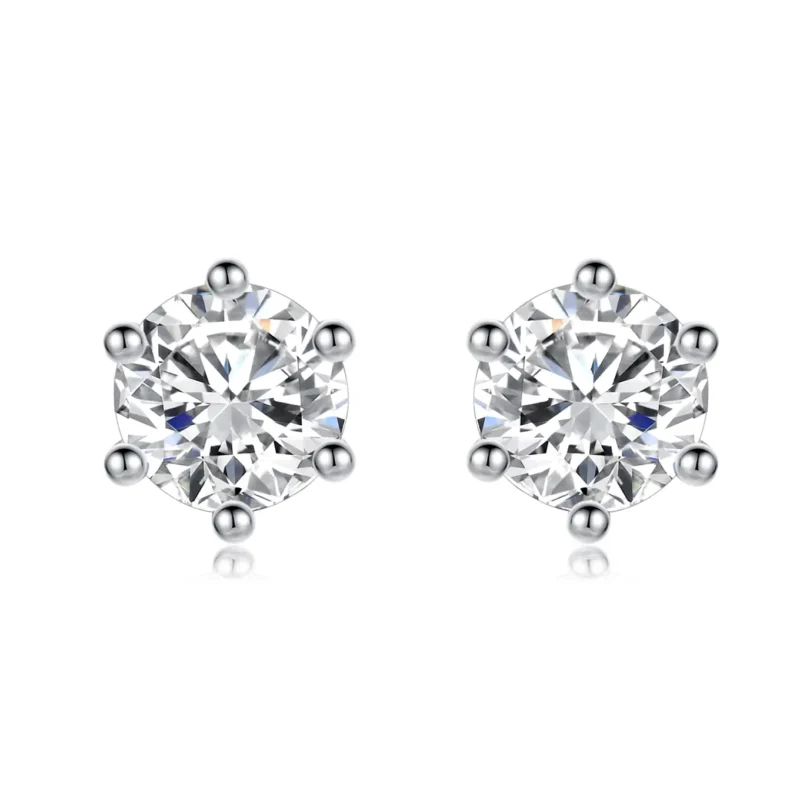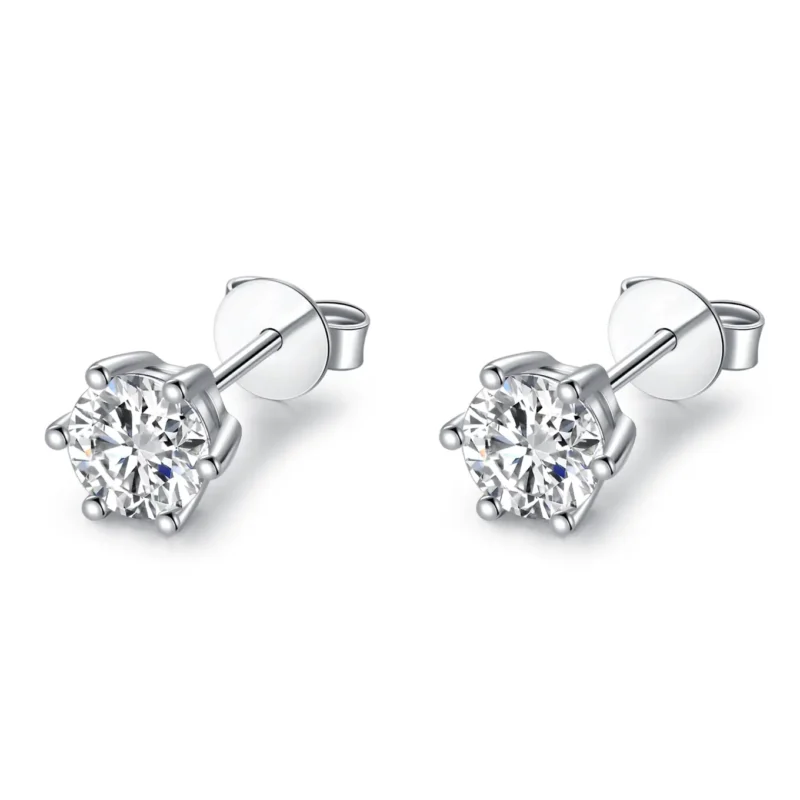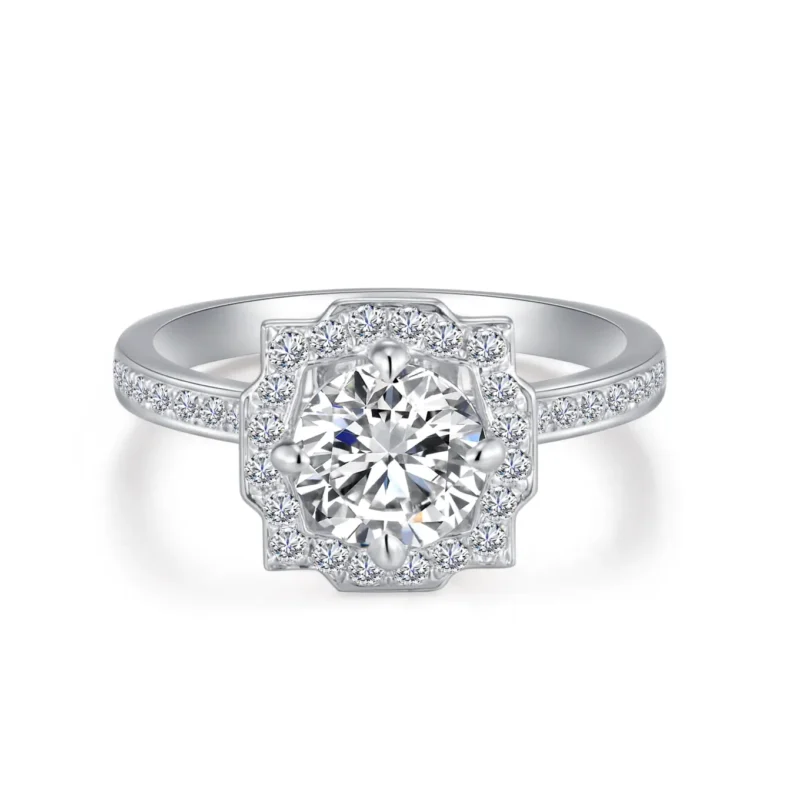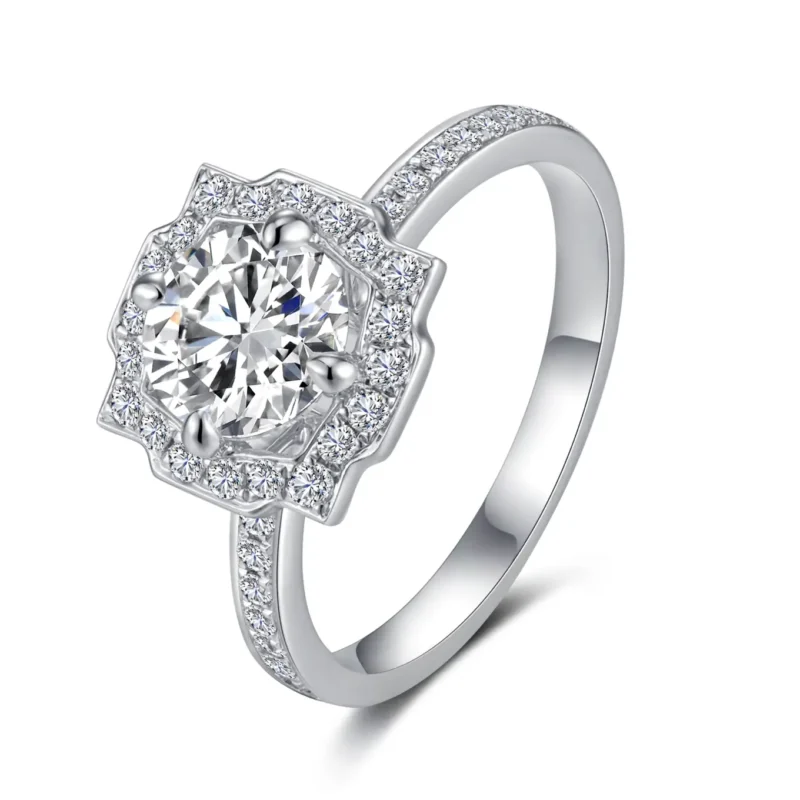Elongated cushion shape diamonds offering a refined balance between vintage softness and modern elongation. A rare and luxurious expression of timeless beauty.
Free customized gift card
Lifetime resizing
Free engraving
Customized stone size
HELPFUL INSIGHTS
What is Elongated Cushion Shape Diamonds
The Elongated Cushion Shape Diamond is a captivating fusion of history and innovation. Born from the classic cushion cut—a 19th-century favorite nicknamed the "pillow cut" for its plush, rounded edges—this modern variation stretches the traditional square silhouette into a sleek, elongated form. Picture a diamond that hugs the curves of an oval but retains the cushion’s signature soft corners, creating a shape that’s both romantic and strikingly contemporary. Its elongated profile not only enhances finger coverage, making it a flattering choice for rings, but also amplifies the diamond’s ability to catch and reflect light.
What sets this cut apart is its faceting style. Unlike the uniform sparkle of a round brilliant, elongated cushion diamonds feature larger, chunkier facets that scatter light in broad, luminous flashes. This creates a mesmerizing "crushed ice" effect, where brilliance feels softer and more ethereal. Historically, cushion cuts were designed to maximize the fire of candlelit rooms, but today’s elongated versions are crafted for modern lighting, balancing vintage charm with today’s desire for uniqueness.
At GLARINS, our elongated cushion diamonds are handpicked for their precision. The elongation adds versatility, allowing the diamond to shine in solitaire settings for minimalist lovers or halo designs for those craving drama. Whether set in platinum for a cool, modern vibe or yellow gold for antique-inspired elegance, this shape adapts to any story. It’s a cut that bridges eras—perfect for heirlooms that feel both nostalgic and fresh.
Why Choose Elongated Cushion Shape Diamonds
Timeless with a Twist: The elongated cushion cut marries the vintage appeal of 1800s jewelry with a modern, fashion-forward edge. Its soft curves evoke romance, while the elongated silhouette feels undeniably current—ideal for buyers who want a diamond that’s classic but not cookie-cutter.
Flattering Illusion: The elongated shape creates the illusion of longer, slimmer fingers, making it a go-to for engagement rings. Unlike bulkier square cuts, the stretched design sits elegantly on the hand, offering a delicate yet impactful presence.
Brilliance with Character: Thanks to its hybrid faceting, this cut delivers a unique sparkle. Larger facets produce broad, radiant flashes (think "glow" over "glitter"), while rounded edges soften the overall look. It’s less about blinding brilliance and more about a warm, romantic shimmer.
Versatility in Design: Whether you’re a minimalist or a maximalist, this shape works. Pair it with a plain band for understated elegance, surround it with a halo for vintage drama, or flank it with trapezoid side stones for a modern art-deco vibe. It’s a canvas for personalization.
Understated Rarity: While round diamonds dominate the market, elongated cushions offer exclusivity. They’re less common than ovals or radiants, making them a subtle flex for buyers who value individuality.
Durability Meets Comfort: The rounded corners are less prone to chipping compared to sharp-edged shapes (like princess or emerald cuts), making it a practical choice for everyday wear.
Elongated Cushion Shape Diamonds VS Other Shapes
Elongated cushion diamonds stand out in a sea of traditional cuts, offering a balance of softness and sparkle that’s hard to match. Let’s break it down:
Vs. Round Brilliant: Round diamonds are the gold standard for sparkle, but they lack the elongated cushion’s vintage charm. While rounds prioritize symmetrical fire, elongated cushions offer a blend of brilliance and "crushed ice" scintillation, with a silhouette that feels more distinctive and handcrafted.
Vs. Oval Cut: Ovals share the elongated profile but lack the cushion’s rounded edges and chunkier facets. Ovals can show a "bowtie" effect (a dark area in the center), whereas elongated cushions distribute light more evenly, minimizing this issue. The cushion’s softer corners also feel more romantic compared to an oval’s pointed ends.
Vs. Emerald Cut: Emerald cuts prioritize clarity with their step-cut facets, creating a hall-of-mirrors effect. But they sacrifice the fiery sparkle that elongated cushions deliver. Cushions are better at hiding inclusions, too, making them a forgiving choice for buyers prioritizing brilliance over flawless transparency.
Vs. Princess Cut: Princess cuts are angular and modern, but their sharp corners are prone to chipping. Elongated cushions offer similar finger coverage with rounded edges that are both durable and cozy on the hand.
Vs. Radiant Cut: Radiants combine the cushion’s rounded corners with the brilliance of a round cut, but they lack the elongated cushion’s vintage appeal. Radiants also tend to appear smaller per carat compared to the stretched silhouette of an elongated cushion.
In short, if you want a diamond that’s equal parts nostalgic, versatile, and eye-catching—without sacrificing durability—the elongated cushion is in a league of its own.
How to Choose the Best
Picking the perfect elongated cushion diamond is all about balancing artistry with practicality. Here’s how to nail it:
Certification First: Always start with a diamond graded by GIA or AGS. These labs assess critical factors like cut quality and symmetry, which are vital for maximizing the elongated cushion’s unique sparkle.
Focus on Cut Quality: Unlike rounds, elongated cushions don’t have a standardized "ideal" cut grade, so inspect the diamond’s faceting. Look for even light distribution—no dark patches or overly concentrated sparkle. A slight "bowtie" (a shadow across the center) is common in elongated shapes, but it shouldn’t dominate the stone.
Play with Ratios: The length-to-width ratio determines how stretched the diamond appears. A ratio of 1.25–1.35 is popular for a balanced look, but go higher (1.4+) for a more dramatic, runway-ready silhouette. View diamonds in person or via high-resolution videos to see how ratios affect proportions.
Prioritize Face-Up Beauty: Elongated cushions often hide color and inclusions better than other cuts. Opt for near-colorless grades (G-H) and VS1-VS2 clarity to save budget without compromising beauty.
Consider Setting Synergy: The right setting enhances the diamond’s shape. A bezel setting adds a modern edge and protects the edges, while a vintage-inspired filigree band complements its old-world charm. For maximum sparkle, pair with a halo or pavé accents.
Think Long-Term: Choose a setting that suits your lifestyle. Low-profile settings are great for active wearers, while cathedral settings add height for drama. At GLARINS, our experts help you match the diamond to a setting that feels uniquely "you."
FAQ
What is the history behind marquise shape diamonds?
The marquise shape was created for King Louis XV of France to resemble the smile of his mistress, Marquise de Pompadour, which is why it’s also known as the "navette" or boat shape.
Do marquise shape diamonds look bigger?
Yes, marquise diamonds tend to look larger than round diamonds of the same carat weight due to their elongated shape, making them a popular choice for buyers looking for a visually impressive diamond.
Is the marquise diamond a good choice for engagement rings?
Yes, the marquise shape is a popular choice for engagement rings because its elongated form can make fingers appear slimmer and more elegant. It’s also a great option for those seeking something unique.
How should I care for my marquise shape diamond?
Like all diamonds, marquise diamonds should be cleaned regularly with a soft cloth and warm, soapy water. Avoid rough handling, as the pointed ends of marquise diamonds can be more prone to chipping if not cared for properly.
Are marquise diamonds less durable than other shapes?
Marquise diamonds are durable like all diamonds but should be handled with care. Their pointed ends are more susceptible to damage, so it’s important to choose a setting that protects the tips of the diamond.








